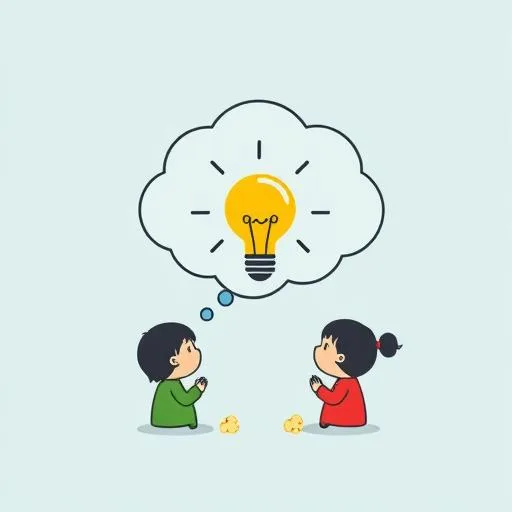
Ever watch your kiddo stack blocks, only to see them topple—and then rebuild with even wilder imagination? That’s the joy of open-ended play. So, when I stumbled upon Kimi K2 0905, it reminded me of that same spirit: not locked away, but shared, tinker-friendly, and precision-tuned for curiosity. Enter Kimi K2 0905, an open source AI model that’s turning heads not just for its 100% tool call accuracy, but for throwing the doors wide open to innovation. It’s got me thinking—what could this mean for our kids’ creative journeys?
More Than Code: Why Open Source Feels Like a Backyard Playdate

When I hear “open source,” I don’t just think lines of code—I picture a neighborhood potluck where everyone brings a dish to share. Kimi K2 0905 embodies that vibe perfectly. Unlike proprietary models hidden behind paywalls, this one’s out in the wild, ready for developers—and hey, curious parents—to remix, refine, and reimagine. With 100% tool call precision, it’s like having a trusty assistant that never drops the ball, whether it’s generating clean front-end code or juggling complex tasks at turbo speeds (60–100 tokens per second, folks!).
But here’s the heart-warmer: that openness mirrors what we want for our kids. A world where ideas aren’t hoarded but shared, where collaboration beats competition. It’s the digital equivalent of watching my daughter swap crayons with a friend—each color adding to a bigger, brighter masterpiece. And with a sprawling 256k token context window, Kimi K2 can handle long, messy projects without losing track—much like how kids’ stories evolve from scribbles to epics over playdates.
Precision Meets Play: How Tool Accuracy Fuels Kid-Led Discovery

Let’s dive in—100% tool call precision isn’t just a tech spec; it’s a game-changer for reliability. Think of it as that one toy that never breaks, no matter how wildly it’s used. Kimi K2 nails this, making it a dream for coding agents and creative workflows. For our little ones, that precision translates to tools that respond predictably, whether they’re dabbling in beginner-friendly coding apps or designing their own digital art.
I love how this model excels in front-end development, churning out clean HTML and CSS like a pro. It’s like handing kids a well-organized toolbox where every tool fits just right—no fumbling, just pure creation. And with turbo processing, tasks that once felt sluggish now zip along, keeping pace with kids’ short attention spans. Imagine your child describing a dream game in plain English, and voilà—the model helps bring it to life, tests it, even deploys it. That’s not just efficiency; it’s magic that fuels their “I built this!” pride.
Nurturing Future-Ready Skills: Balance, Ethics, and Endless Curiosity

As parents, we juggle excitement with caution. Sure, AI can amplify creativity, but how do we keep it grounded in real-world play? Kimi K2’s open source nature nudges us toward balance—it’s a tool, not a replacement for mud pies or finger paints. By embracing it ethically, we teach kids to use tech mindfully: for exploration, not escapism.
Studies show models like this can boost skills through trial and error, just like kids do (arXiv). That iterative process is gold for resilience. So why not weave it into family time? Maybe try a coding puzzle together, using AI as a guide rather than a crutch. Or brainstorm silly app ideas over dinner, celebrating the wacky ones most. The goal isn’t to raise mini-coders overnight; it’s to foster curiosity, critical thinking, and that spark of “what if?”
The Bigger Picture: AI as a Companion, Not a Classroom







